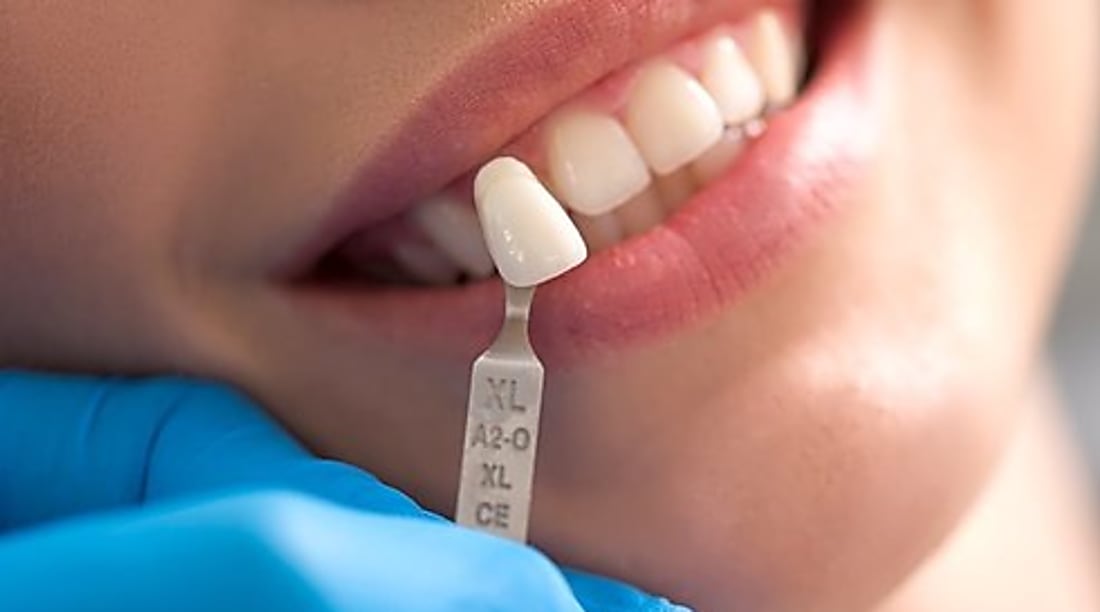Comprehensive Guide to Dental Implants: Benefits, Costs, and Process
Dental implants have revolutionized tooth replacement options, providing a permanent solution that closely mimics natural teeth in both function and appearance. Unlike removable dentures or traditional bridges, dental implants replace the entire tooth structure - including the root - creating a stable foundation that prevents bone loss while restoring your smile. This comprehensive guide explores the benefits, costs, and procedures associated with dental implants, helping you make an informed decision about this life-changing dental restoration option that continues to gain popularity among patients seeking long-term solutions to tooth loss.

Discover the Lifetime Benefits of Dental Implants
Dental implants offer numerous advantages that extend far beyond aesthetics. First and foremost, they prevent the bone deterioration that typically occurs after tooth loss. When a tooth root is missing, the jawbone in that area begins to recede - a process called resorption. Implants stimulate bone growth through a process called osseointegration, where the titanium post fuses with your natural bone.
Unlike dentures that may slip or cause discomfort, implants function like natural teeth. They allow you to eat, speak, and smile with confidence. Many patients report forgetting they even have implants after the adjustment period. Additionally, implants are self-supporting and don’t require filing down adjacent healthy teeth, as traditional bridges do.
Perhaps most significantly, with proper care, dental implants can last decades or even a lifetime. While the visible crown portion may need replacement after 10-15 years due to normal wear, the implant post itself typically remains permanently integrated with the jawbone, making implants a truly long-term investment in your oral health.
Understanding Dental Implant Costs in Canada
Dental implant costs in Canada vary considerably depending on several factors. The price typically ranges from $3,000 to $6,000 per single implant, including the implant post, abutment, and crown. Multiple implants or full-mouth restorations can range from $12,000 to $50,000 or more.
Several factors influence this price variation:
-
Geographic location (urban centers typically charge more)
-
Dentist’s experience and specialization
-
Need for preliminary procedures like bone grafts or sinus lifts
-
Materials used for the implant and crown
-
Type of implant system
It’s important to note that while the upfront cost is substantial, implants can be more cost-effective long-term compared to alternatives that require frequent replacement.
| Procedure | Average Cost Range in Canada |
|---|---|
| Single Dental Implant (complete) | $3,000 - $6,000 |
| Implant-Supported Bridge (3 teeth) | $8,000 - $15,000 |
| Full Arch Implants (per arch) | $15,000 - $30,000 |
| Preliminary Bone Graft | $500 - $3,000 |
| Sinus Lift | $1,500 - $5,000 |
Prices, rates, or cost estimates mentioned in this article are based on the latest available information but may change over time. Independent research is advised before making financial decisions.
Your Step-by-Step Guide to the Dental Implant Process
The dental implant process typically involves multiple stages spread over several months:
-
Initial Consultation: Your dentist will evaluate your oral health, take X-rays or 3D scans, and determine if you’re a good candidate for implants. They’ll check bone density, gum health, and discuss any preliminary procedures needed.
-
Preparatory Procedures: Some patients require bone grafting or sinus lifts to ensure adequate bone volume for implant placement. These procedures may add 3-6 months to your timeline as the area needs to heal before implant placement.
-
Implant Placement: During this surgical procedure, the titanium implant post is inserted into the jawbone. This is typically done under local anesthesia, with sedation options available for anxious patients. The surgery itself usually takes 1-2 hours per implant.
-
Healing and Osseointegration: This crucial phase allows the implant to fuse with your jawbone, creating a stable foundation. This process typically takes 3-6 months, during which you may wear a temporary prosthetic.
-
Abutment Placement: Once healing is complete, a small connector piece called an abutment is attached to the implant. This may require a minor surgical procedure to expose the implant if it was placed below the gumline.
-
Crown Placement: Finally, your custom-made crown is attached to the abutment, completing your restoration with a natural-looking tooth replacement.
Throughout this process, proper healing and careful follow-up appointments are essential for long-term success.
Navigating Dental Implant Insurance & Financing Options
Dental implant coverage varies widely among insurance providers in Canada. Traditional dental insurance often classifies implants as a cosmetic procedure, providing limited coverage if any. However, this landscape is gradually changing as more insurance companies recognize implants as a standard treatment option.
Some insurance policies may cover portions of the procedure, such as:
-
The crown portion (typically 50-80%)
-
A percentage of the implant surgery (usually lower than crown coverage)
-
Preliminary procedures like extractions or bone grafts
To maximize your benefits:
-
Request a detailed treatment plan with procedure codes from your dentist
-
Submit this to your insurance provider for a pre-determination of benefits
-
Ask about partial coverage under both dental and medical insurance
-
Investigate Health Spending Accounts (HSAs) if available through your employer
For those without adequate insurance coverage, financing options include:
-
Dental office payment plans (often interest-free for qualified patients)
-
Third-party financing companies specializing in healthcare expenses
-
Medical credit cards with promotional interest-free periods
-
Personal lines of credit or loans
Save Money on Dental Implants Without Sacrificing Quality
While dental implants represent a significant investment, several strategies can help reduce costs without compromising on quality or safety:
Consider dental schools or university-affiliated clinics, where procedures are performed by students under close supervision of experienced faculty. These settings typically offer discounts of 30-50% compared to private practices.
Explore dental tourism options carefully. Some patients travel to countries with lower healthcare costs for treatment. However, this requires thorough research into the dentist’s credentials, facility standards, and consideration of follow-up care logistics.
Ask about alternative implant systems. While premium implant brands have excellent long-term data, there are mid-range systems with solid clinical research that cost less. Discuss these options with your dentist to determine if they’re suitable for your situation.
Consider strategic timing of your treatment. Some dental practices offer year-end specials to use remaining insurance benefits, or may provide discounts for bundled procedures. Additionally, phasing your treatment over two insurance calendar years might maximize insurance contributions if you have coverage.
Remember that focusing solely on finding the lowest price can be risky. Proper training, quality materials, and sterile procedures are non-negotiable elements of successful implant treatment.
This article is for informational purposes only and should not be considered medical advice. Please consult a qualified healthcare professional for personalized guidance and treatment.




